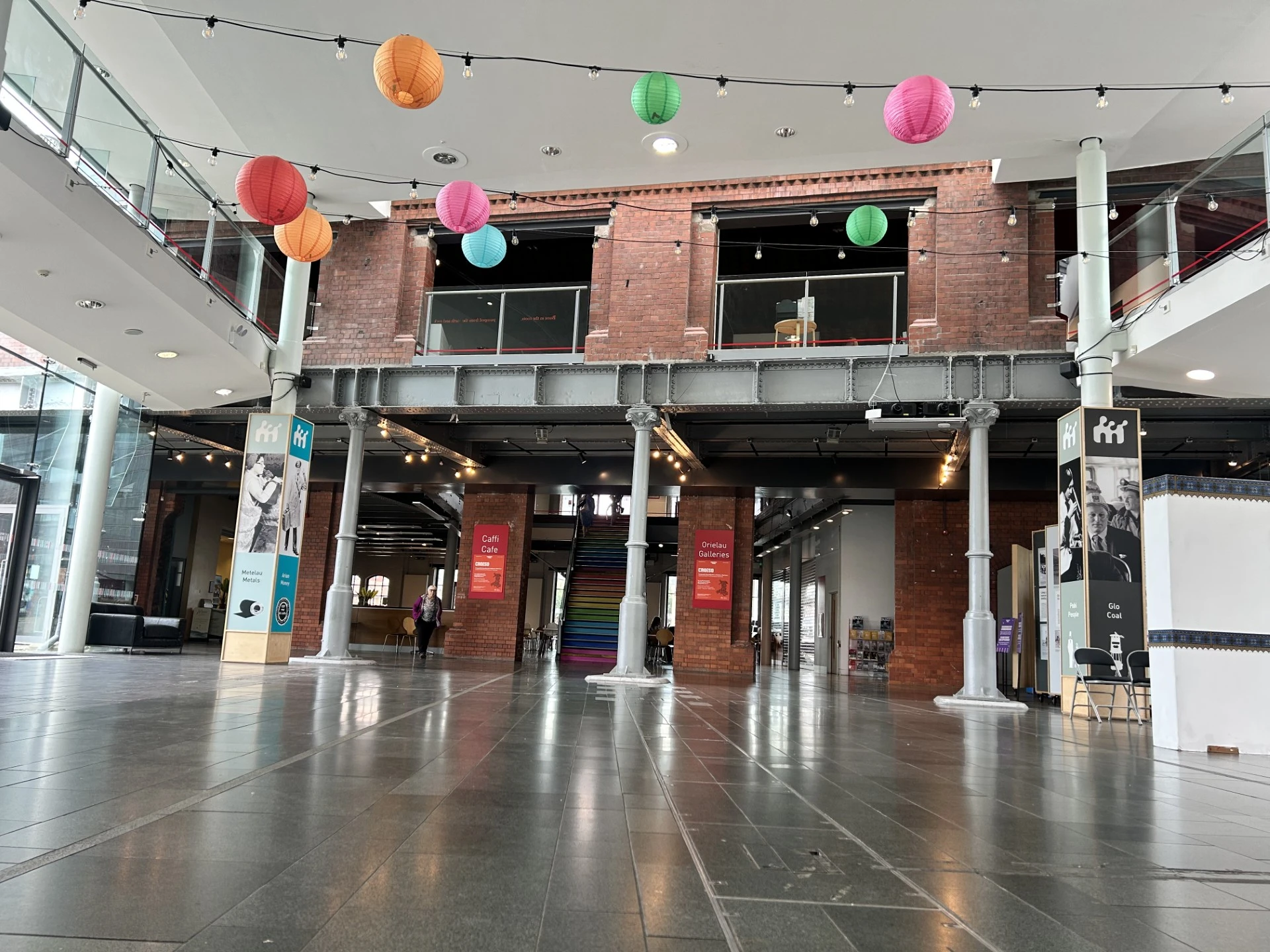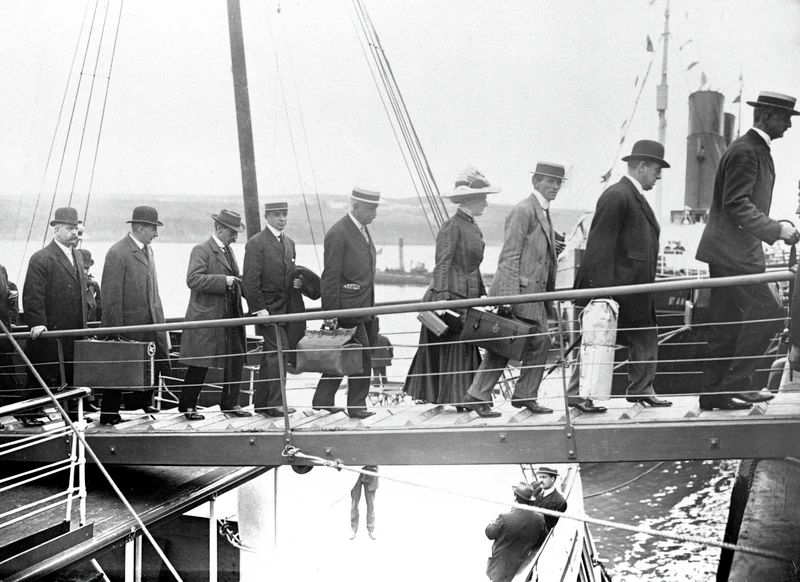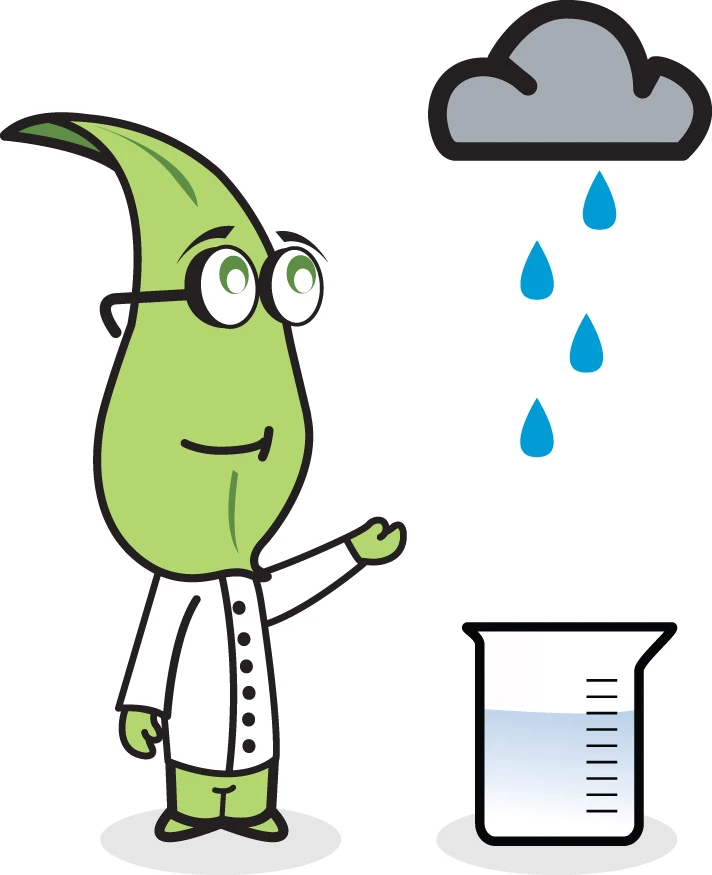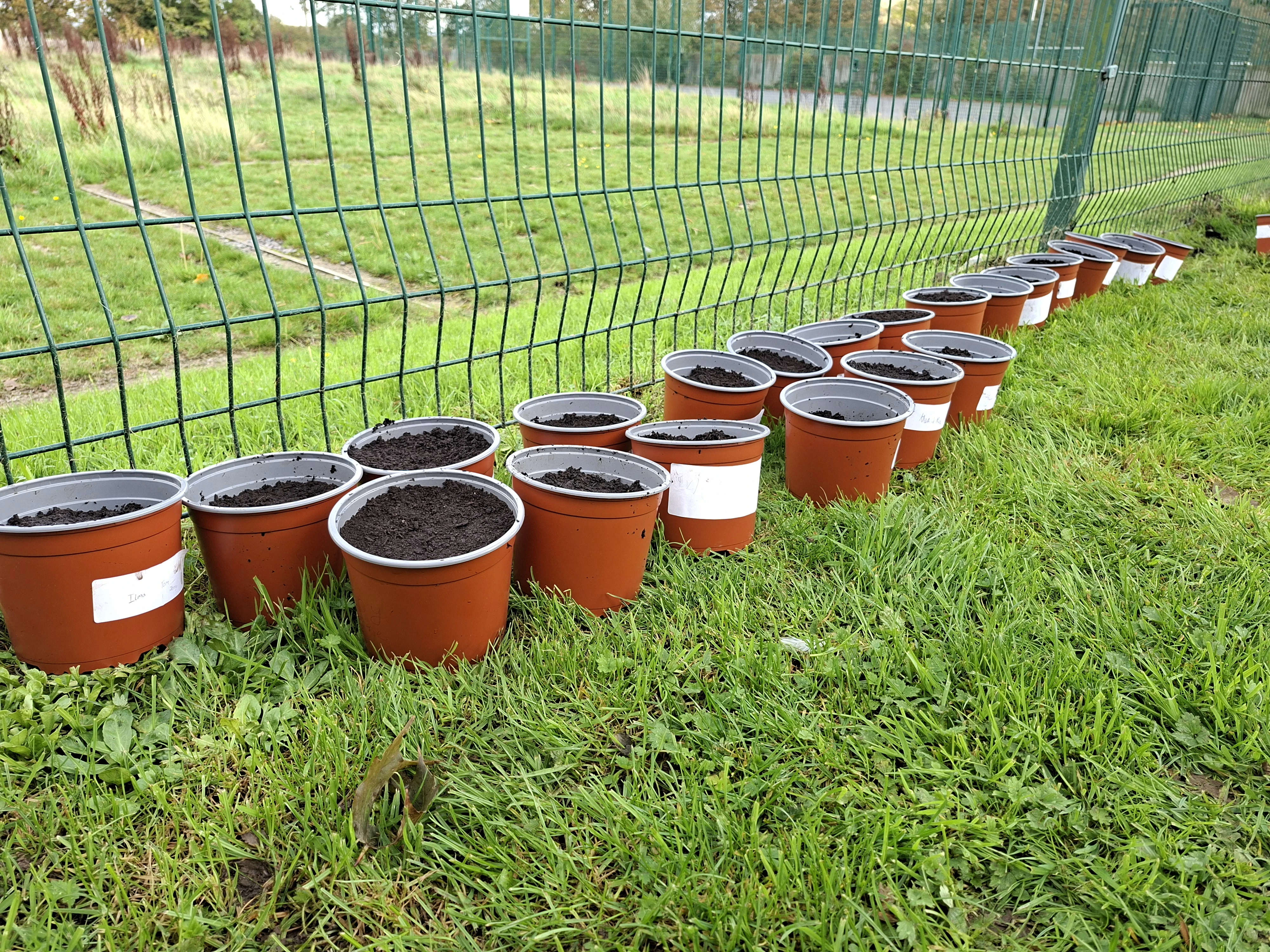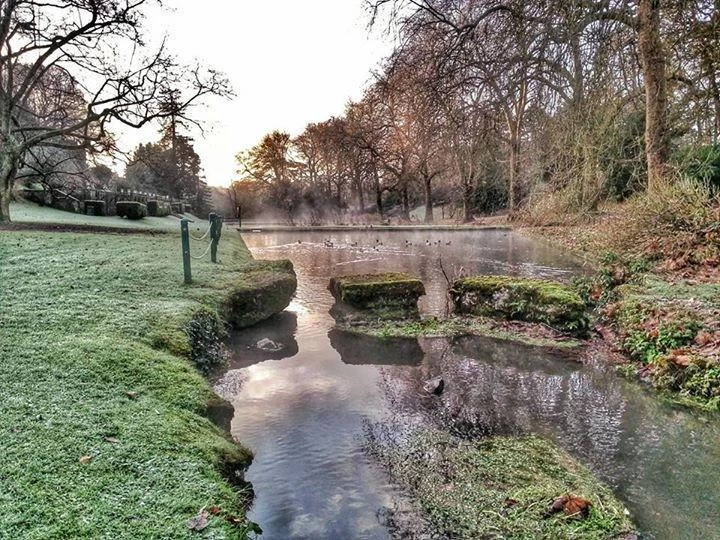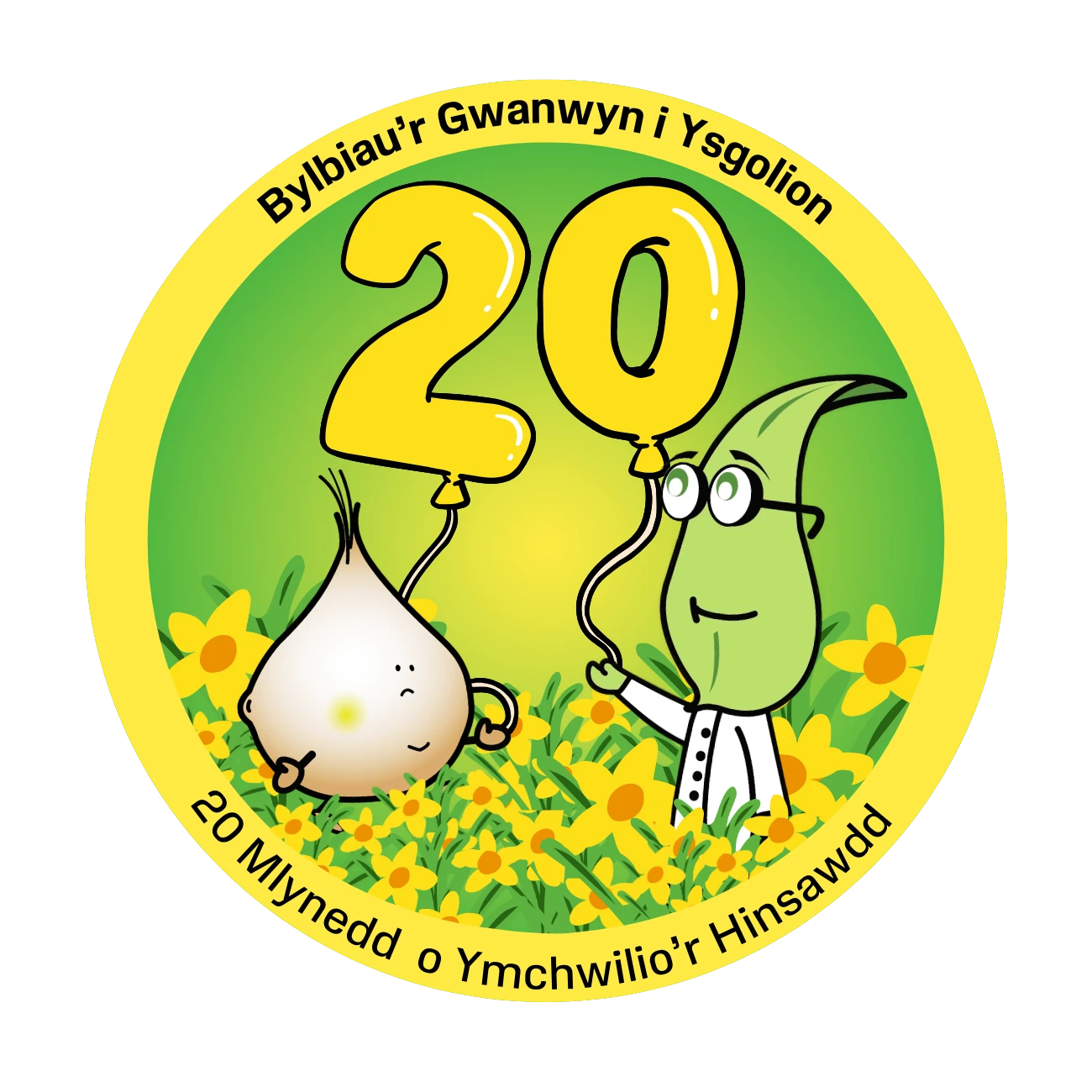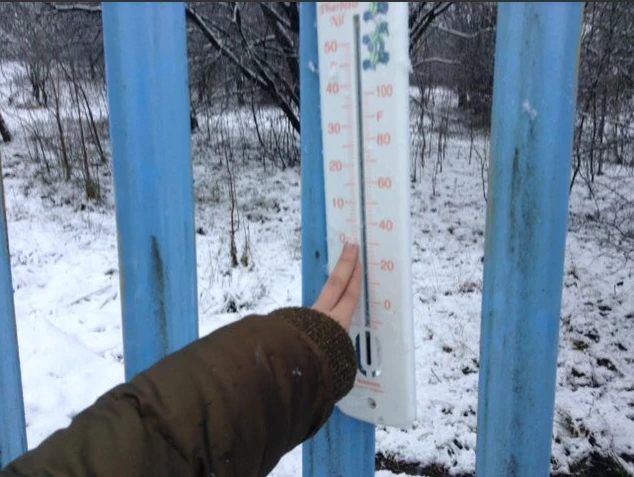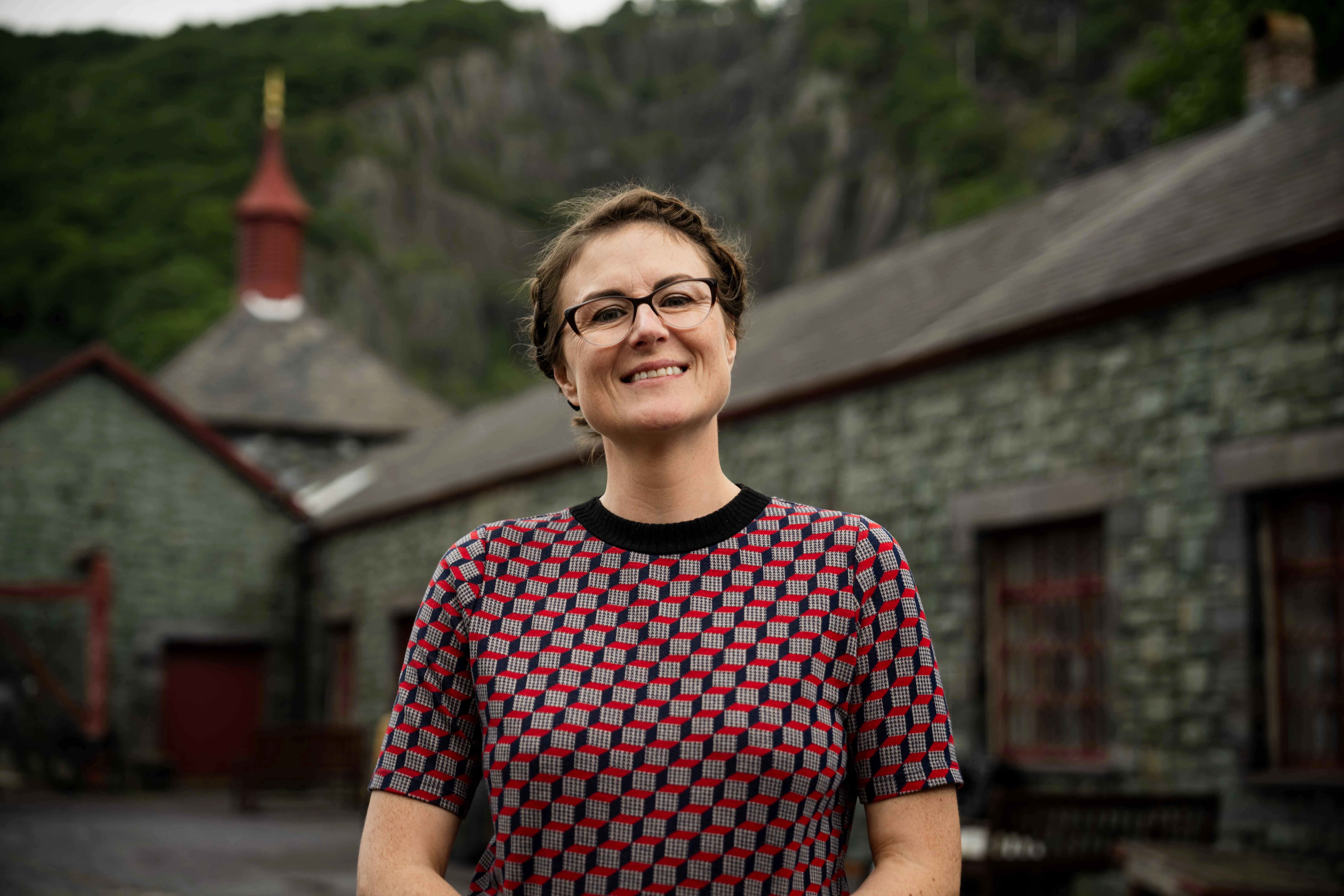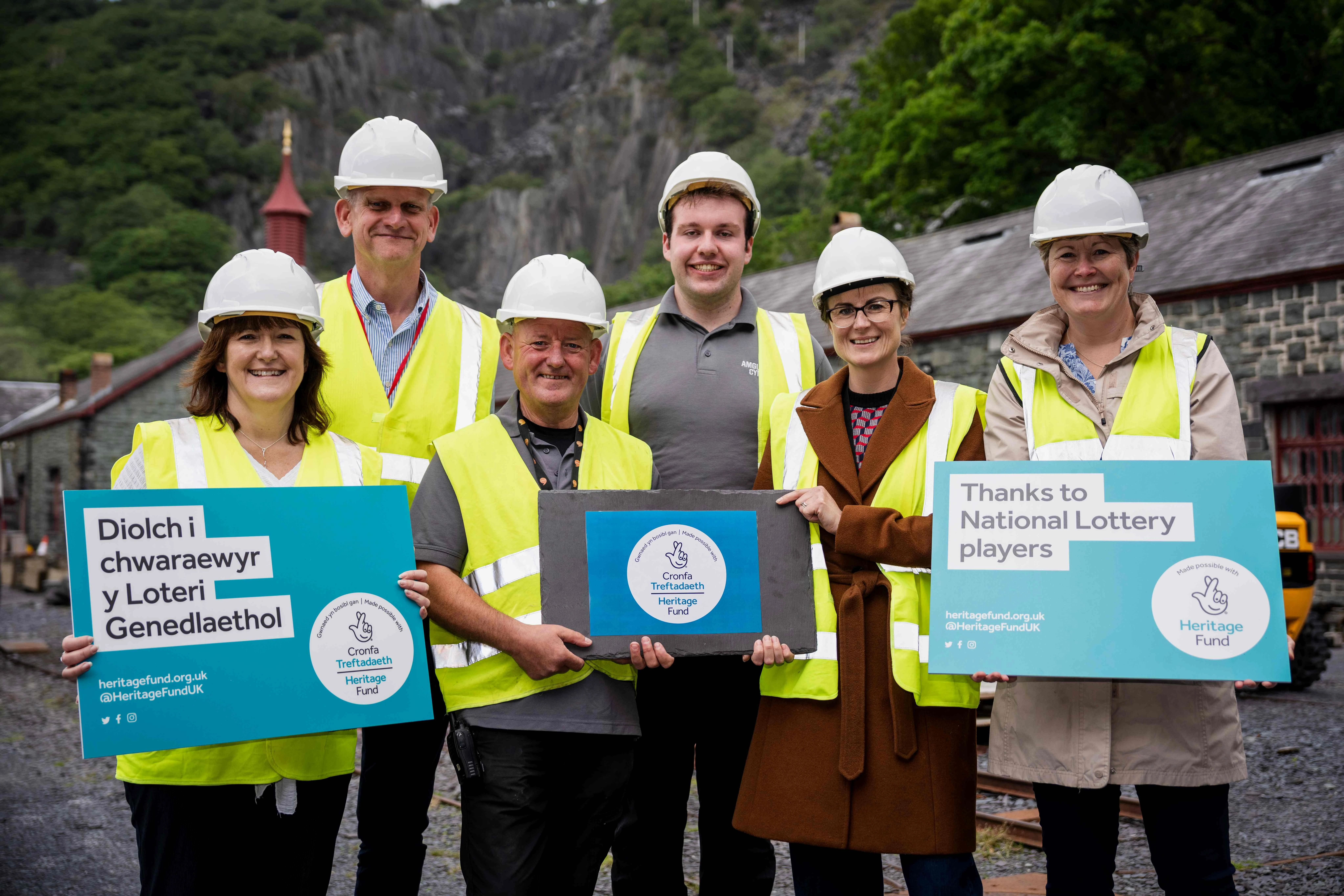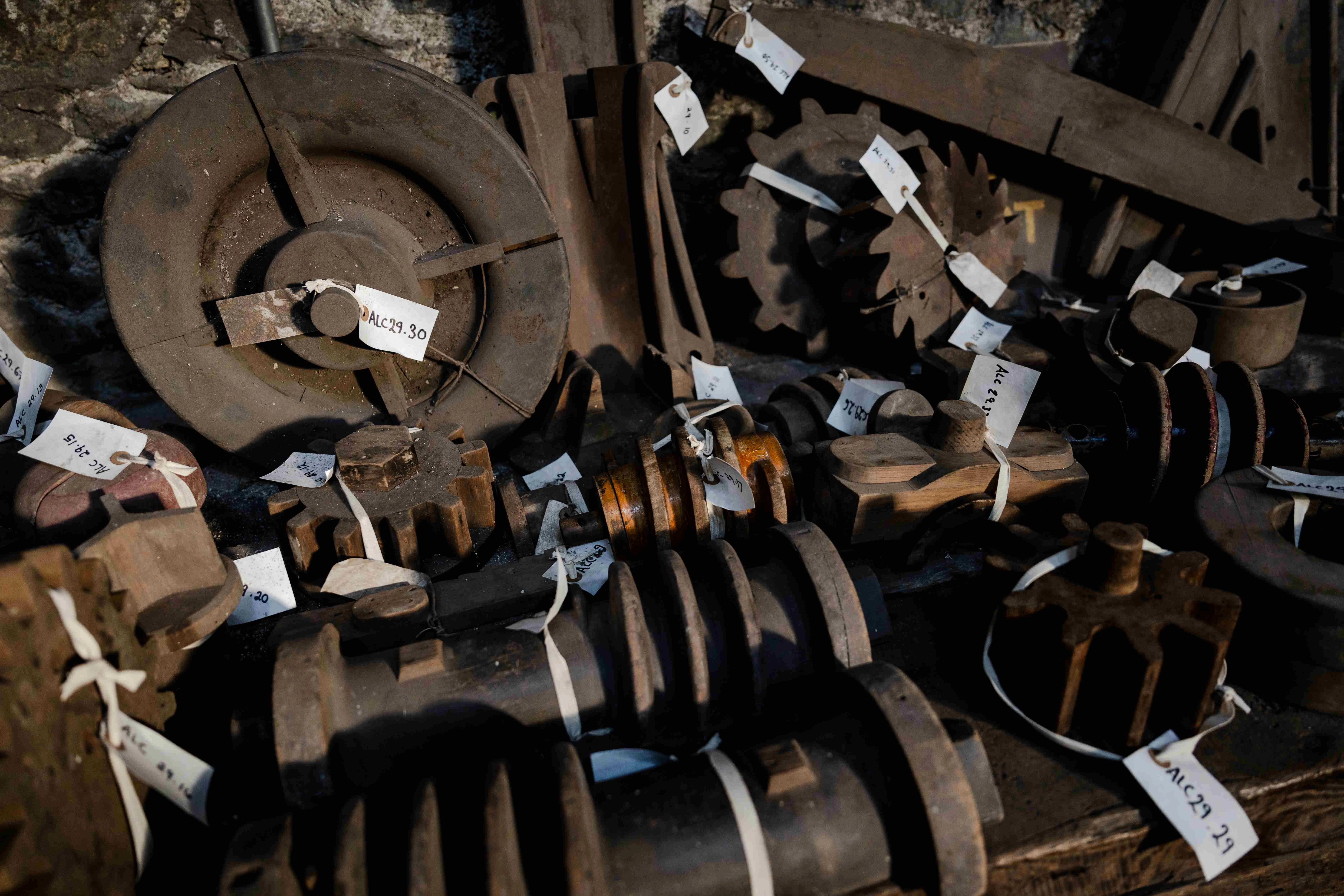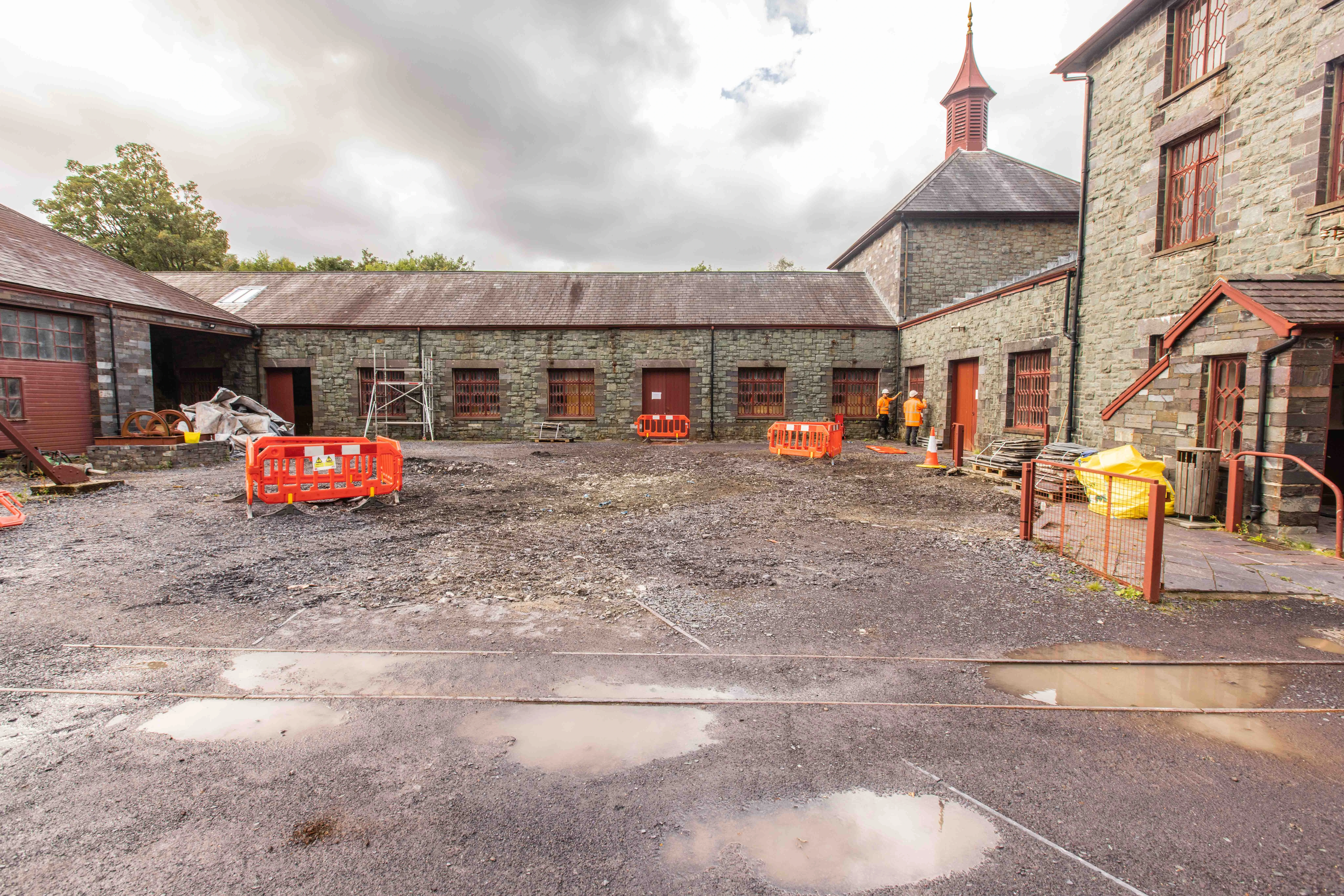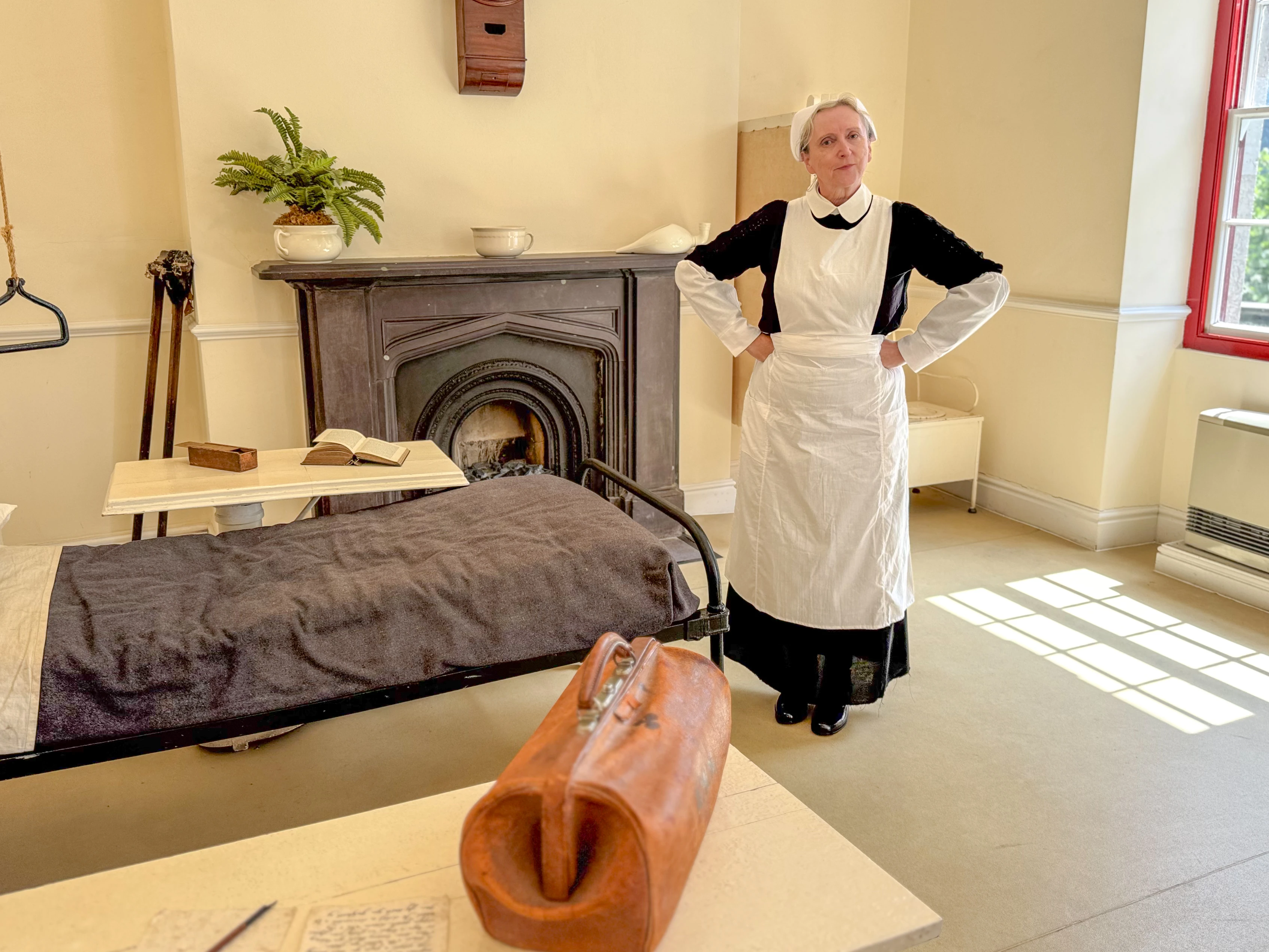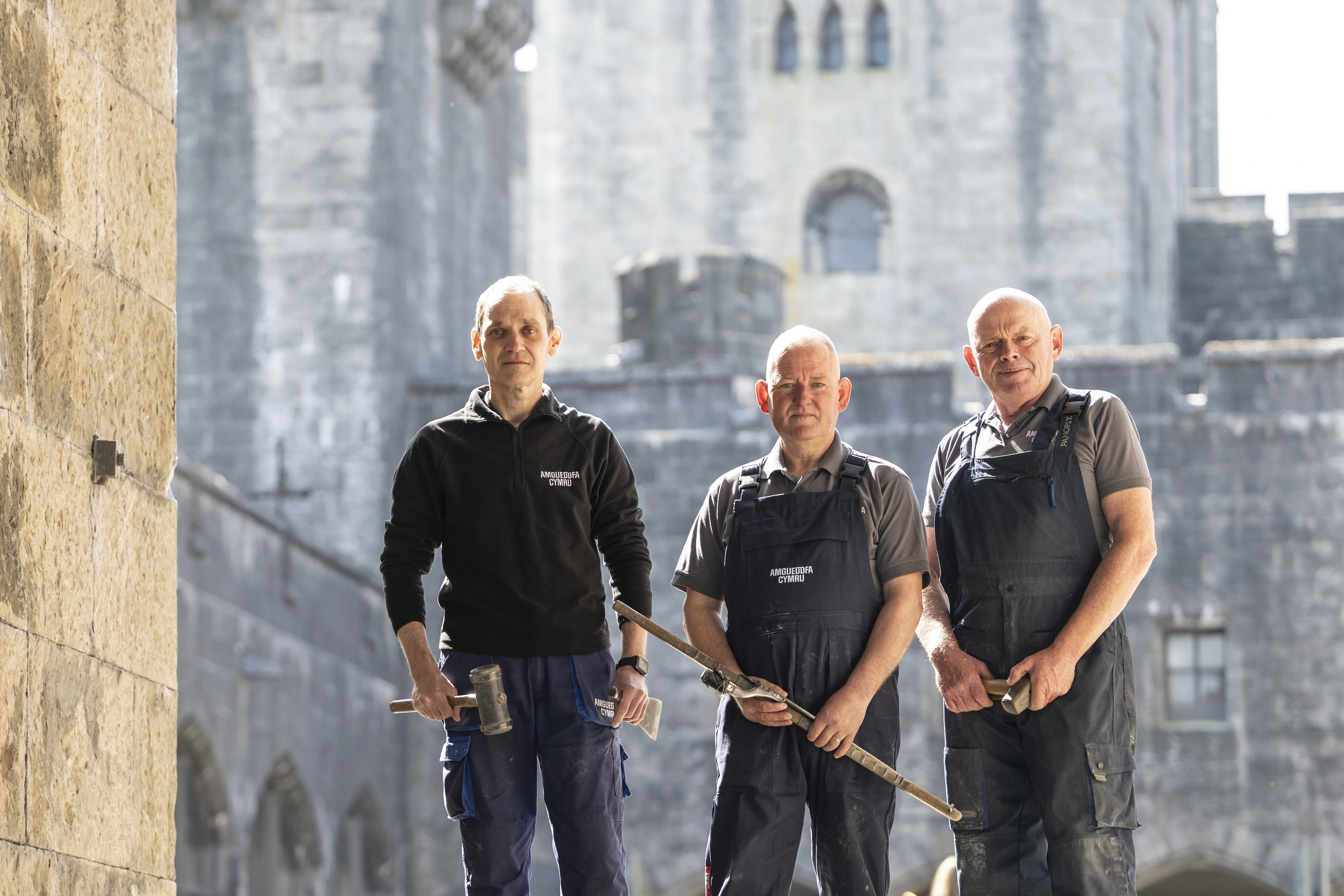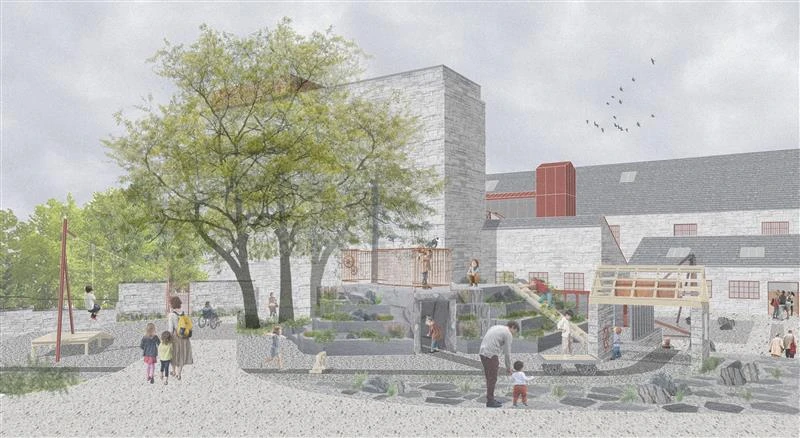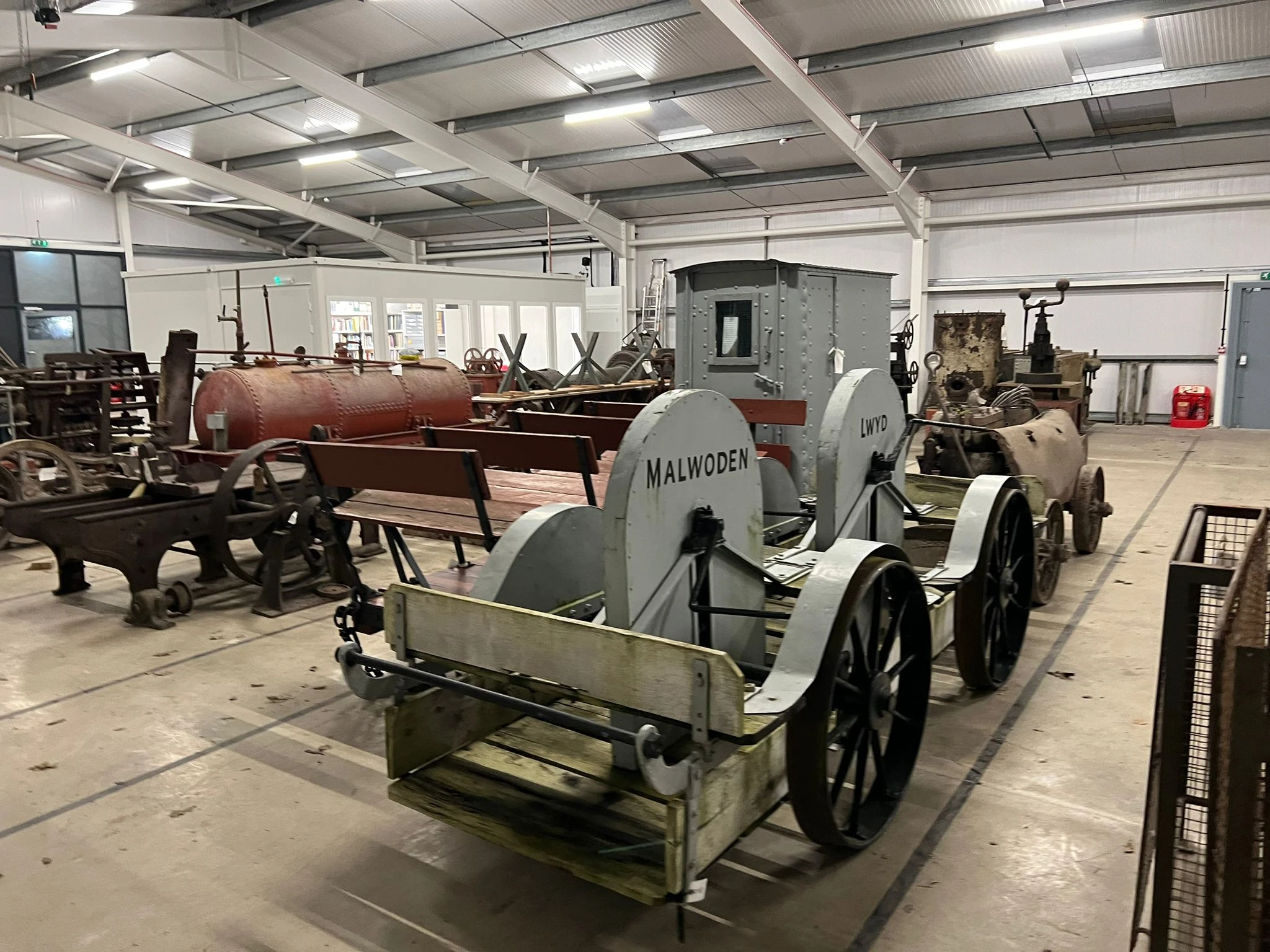Lighting the Way: The Next Chapter of the Weston Hall
, 19 December 2025
Change is coming to the National Waterfront Museum. You may have already notice small changes around the museum. But the Weston, Hall, the museum’s vast modern heart is about to be reimagined as the beating centre of a bold new story about Wales and its ever-evolving relationship with the sea.
Wales’s maritime heritage is so much more than ropes, anchors, and model ships. Therefore, our vision for the Weston Hall is far more dynamic – a space that aims to inspire, surprise and spark conversation. A place where the stories of people, trade, migration, innovation, culture and sanctuary meet at the water’s edge.
A Beacon Reborn
One of the first objects that will capture your eye as you enter the museum will be a magnificent lighthouse optic, dating back to the mid 19th century.
For decades, this great glass giant has rested in storage, its prisms silent and still. Now it will rise again, radiant and alive, transforming into a symbol of hope and renewal. Each day, visitors will be able to watch as the intricate mechanism is wound – a ritual that will power the optic to spin and shine.
It won’t just illuminate the hall with its light, but it will also illuminate with meaning. The optic will represent the lives spent at sea and the safety Welsh lighthouses provided. Here at the National Waterfront Museum, it will also stand as a beacon of sanctuary, reflecting the museum’s status as a Museum of Sanctuary and our commitment to being a welcoming space for everyone.
From this point, visitors will be invited to journey deeper, into the heart of Wales’s maritime heritage and the people whose lives it shaped.
A Journey Along the Rails
Stepping further into the Weston Hall, and you’ll encounter something unexpected: a restored Rhymney Railway covered van, and the only surviving example from over 300 covered vans owned by this Welsh railway company. It will once again be poised on the original tracks that still cut through the museum floor.
To bring the story of our historic home alive, the railway van will be used to interpret the trade handle by the warehouse, and to provide context for the colonnade and its integral railway tracks set into the floor.
When it takes its place in the Weston Hall, it will stand as a reminder that Wales’s connection with the sea doesn’t start at the shoreline, but with the industry and innovation that dominated the Welsh landscape and communities from North to South.
Art on the Horizon
From the old to the new, our exciting art commission will soon rise into the air, to be unveiled in early spring 2026. Suspended from the roof of the Weston Hall, this remarkable piece by Jacqui Symons will interpret Wales’s connection to the sea through creativity and emotion. It will challenge visitors to look at familiar waters with new eyes.
Jacqui Symons was the successful artist from over 30 submissions of inspirational and creative concepts and ideas, and we cannot wait to see the vision transform from paper to reality.
Shaping the Story Together
The transformation of the Weston Hall marks the beginning of a new voyage for the National Waterfront Museum. So, make sure you join us on the journey, watch the carriage roll into place, be there when the waves of creativity rise and discover the stories of the sea and the people shaped by its tides.
